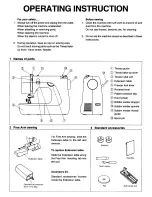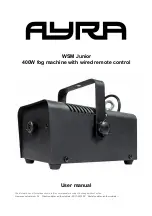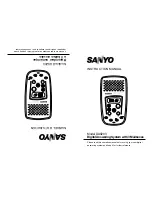Summary of Contents for 1788
Page 1: ...3 N 1 H D V O N I M 3 S 8 O W f l N V I N N O 1 1 3 1 V9 ae i L Ie 3 ...
Page 2: ......
Page 7: ...It C 0 C C m C 0 0 m U 1 C II n 1 1 ...
Page 20: ... 9L ...
Page 25: ... 1JMO4S PI0z L NLliS ONfl8 UMO4 R WES 4SU O 7 ...
Page 35: ......



































